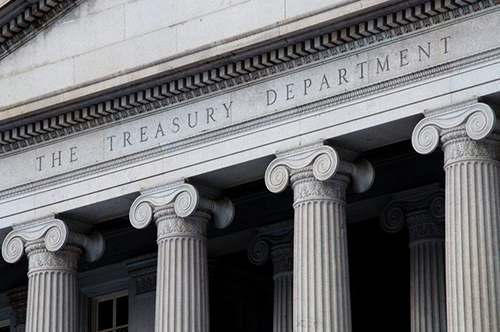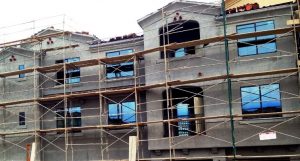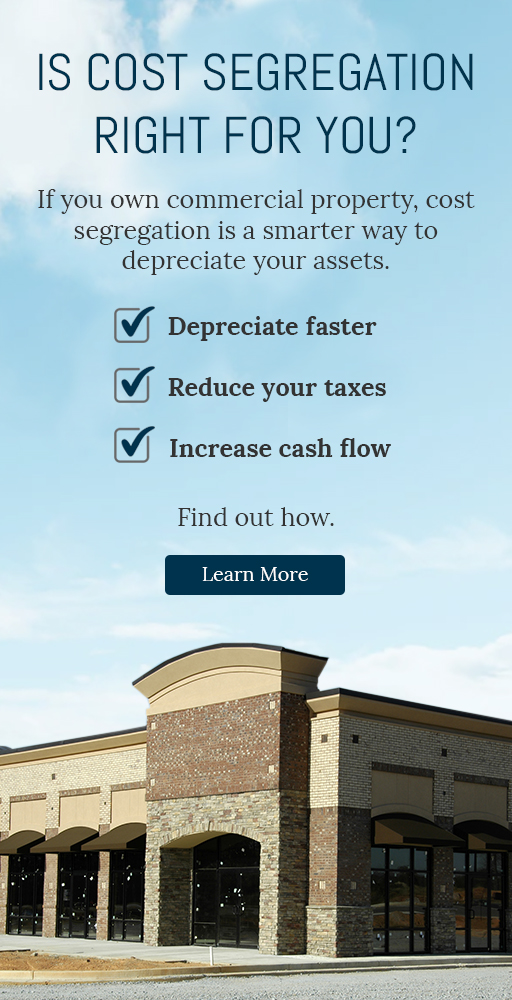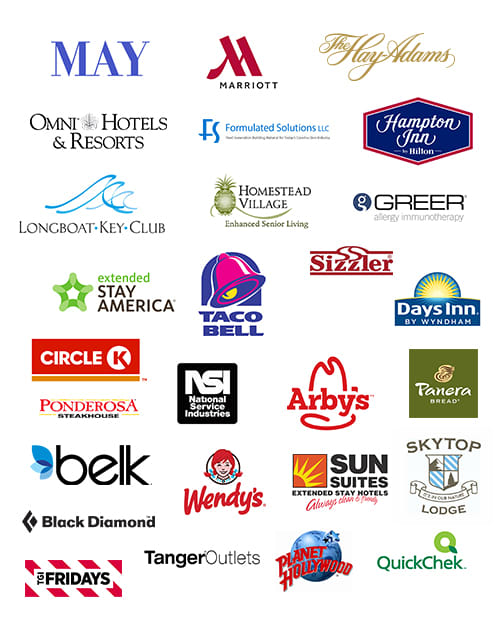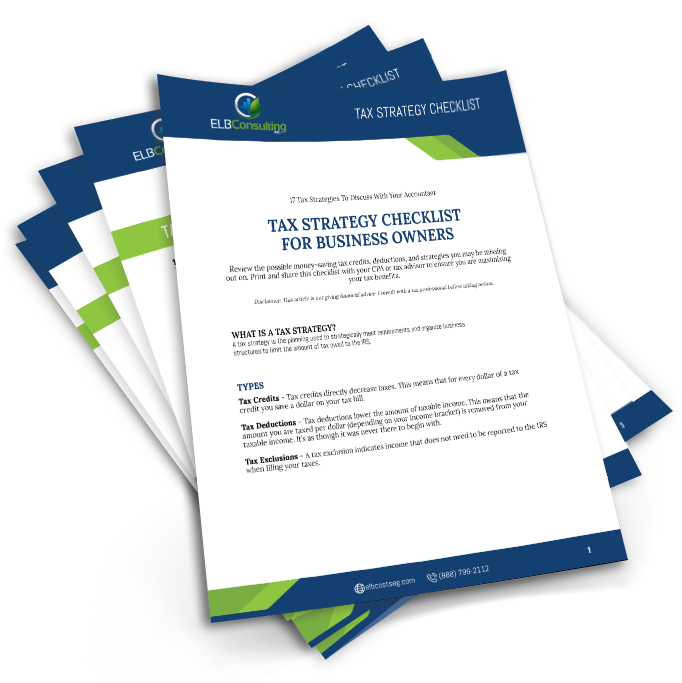You may have already heard that the long awaited the Energy Policy Act 2005 (EPAct) energy tax credits were extended in late December 2019. This retroactively extended both the 179D and 45L Energy Efficient Buildings from January 1, 2018 and to December 31, 2020.
These extensions maintain the existing qualifying standards from prior years and extend these energy related IRS tax incentives to properties and improvements placed-in-service through December 31, 2020 (formerly expired on December 31, 2017).
If you have constructed a commercial building or residential living complex or neighborhood in the last three years, you are very likely to qualify for these valuable tax incentives.
EPAct 179D Energy Efficient Tax Deduction | Commercial Building
The 179D is a federal tax incentive beyond utility and state credits or incentives and requires a qualified engineering firm to conduct a study. Energy Policy Act of 2005 (EPAct) established this Energy Efficient Tax Incentive with the underlying goal of the to provide developers and owners certain tax incentives to help offset the increased costs associated with building energy efficient (“GREEN”) commercial buildings.
- The 179D Energy Policy Act certification calculates the tax deduction from the installation of energy-efficient assets: including HVAC, building envelope, and lighting
- The building may qualify for up to $1.80 per square foot ($0.60 per square foot for each subsystem); and partial deductions are available for lighting only.
- This deduction is available for newly constructed or energy renovated commercial buildings, as well as apartment buildings 4 stories or more above grade.
- Commercial property owners who pay taxes can claim the benefit. There is an exception for government-owned buildings, where the tax deduction may be designated to the designer.
The 179D looks at all three building subsystems: 1) Building Envelope, 2) Interior Lighting & Controls, and 3) HVAC/Hot Water Systems, with the goal of reducing the property’s carbon footprint.
Building owners can qualify on new construction, and for an energy efficient lighting upgrade or retro-fit.
Example: 100K/SF whole building x $1.80/SF = $180,000 federal tax deduction
Example: 100K/SF lighting upgrade x $0.60/SF = $60,000 federal tax deduction
Who can benefit from this commercial tax deduction:
- Commercial Developers of office, industrial, warehouse, hotel properties…
- Multifamily Developers of communities 4 levels above grade or more
- Architects/Designers of public buildings
- Any companies that upgrades its lighting
EPAct 45L Energy Efficient Tax Credit | Residential Dwelling Units
To receive the 45L residential tax credit (at $2,000/qualified unit) the engineered study must certify that collectively all three building subsystems: envelope, lighting, and HVAC/Hot Water systems must exceed ASHRAE standards by 50% to qualify for this tax credit.
- The 45L Energy Policy Act certification determines if a property dwelling unit qualifies for a tax credit based on the energy-efficiency of the HVAC/hot water, building envelope, and lighting.
- Each qualified dwelling unit needs to provide a higher level of energy efficiency than the national energy standards of ASHRAE.
- They must incorporate energy efficient features such as high R-Value insulation/roofing, Low-E windows, insulated exterior doors, and high efficiency HVAC & hot water systems.
- Our research finds that many newer developments meet or exceed these energy efficiency guidelines based on recently adopted energy standards and building codes.
- This tax credit is available for newly constructed single-family homes, apartments, town-homes and condos three (3) stories or less above grade.
- If qualified, residential dwelling units will receive a $2,000 tax credit.
The IRS regulated engineering study is complex and looks at many factors beyond just the core envelope, HVAC/hot water systems, and lighting; the modeling even analyzes the east-west exposure, paint color and trim coatings.
Example: 300 qualified dwelling units x $2,000/unit = $600,000 federal tax credit
Who Can benefit from this residential tax credit:
- Home Builders
- Multifamily Developers
The following projects should be considered:
- Apartment Communities
- Assisted Living Housing
- Large Residential Home Developments
- Residential Condominiums
- Student Housing Communities
- Affordable housing (LIHTC)
- Substantial reconstruction or rehabilitation
This very lucrative tax incentive from the IRS has been designed to provide incentives for green or energy efficient development of real estate properties. Our professional engineering team can analyze your project for qualification, then conduct the full building modeling study to qualify and calculate the IRS tax benefits associated with your project.

